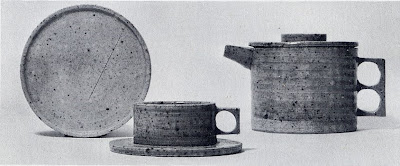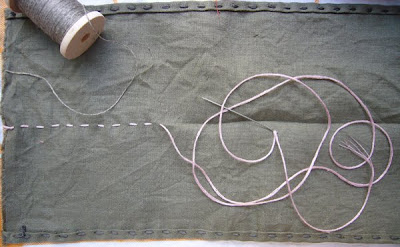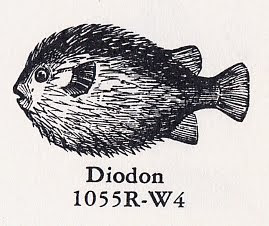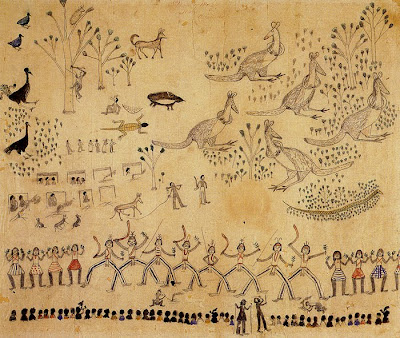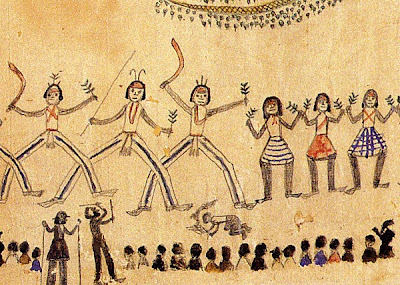 I love everything about making my little mirrors except photographing them, which I find incredibly difficult. (They actually look quite nice in real life. ) Above: if you buy the Lips mirror, I promise that you won't get the maker's arm all over them. I am very fond of the little hat too. Even drawing knitted things provides me knitting-like pleasure!
I love everything about making my little mirrors except photographing them, which I find incredibly difficult. (They actually look quite nice in real life. ) Above: if you buy the Lips mirror, I promise that you won't get the maker's arm all over them. I am very fond of the little hat too. Even drawing knitted things provides me knitting-like pleasure! That's a back issue of my favourite magazine there too: The World of Interiors. Over the years, no other magazine has come close in terms of inspiration. Try your local library.
The British series, with that wonderful portrait of The Duke of Windsor wearing the Fair Isle sweater that made that style of knitting so fashionable that every man had to have one. And why not, I say?!
I have made these mirrors to sell at Craft Hatch on June 12.
It would be lovely to see you there.













